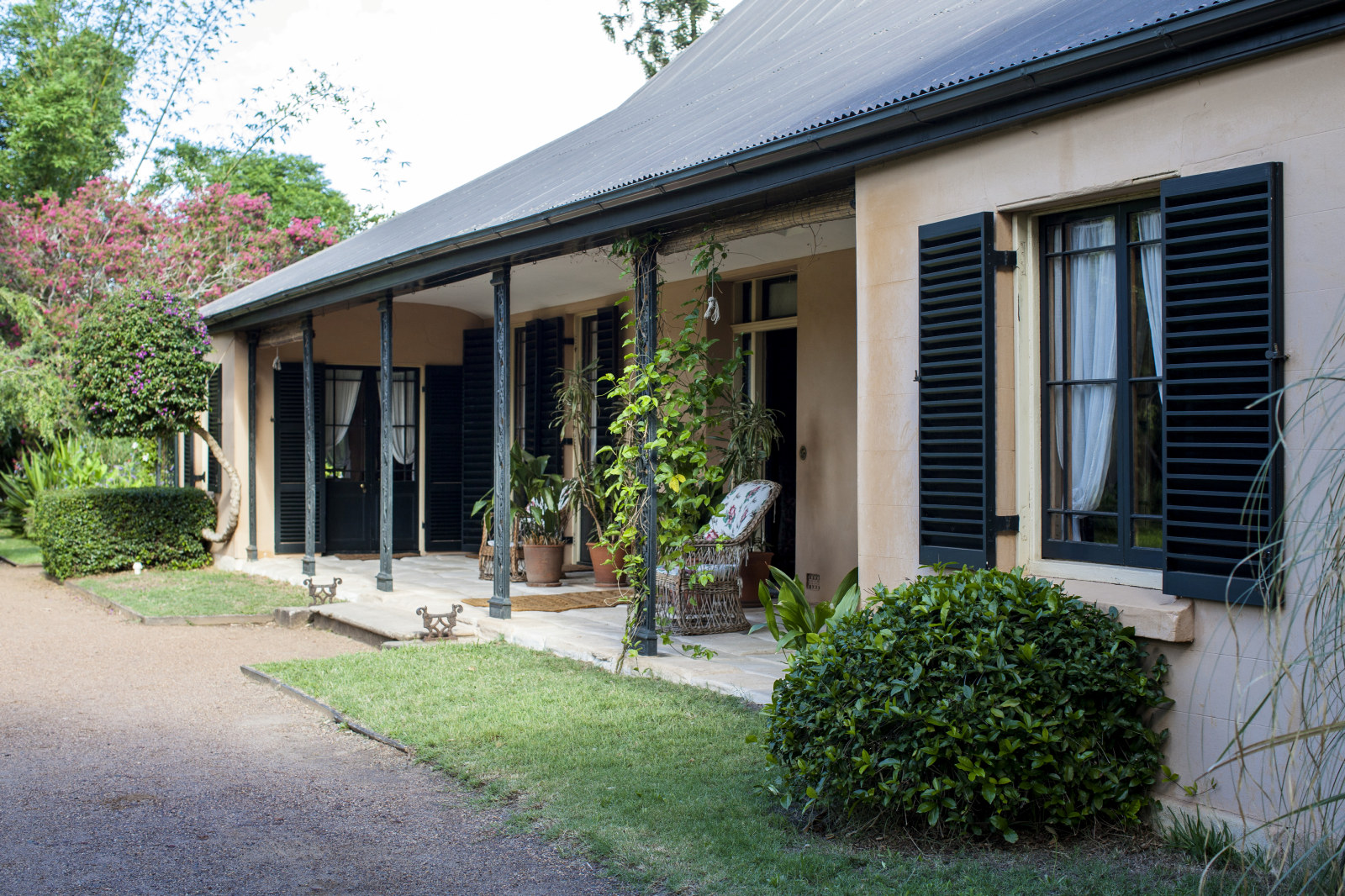A spotted deer from India
This enigmatic animal is a resin-cast replica of an early nineteenth century wooden (cedar) carved and painted toy that belonged to John & Elizabeth Macarthur's children at Elizabeth Farm, near Parramatta or, perhaps, to their grandchild at Camden Park. The original remains in the collection at Camden Park. The animal is probably a spotted deer or chital, indigenous to many parts of northern India, and the original toy is likely to be a product of the extensive hand-made wooden toy industry of Rajasthan. Brightly painted wooden or papier-mâché pull-along toys of elephants, tigers, camels, horses and a range of other animals were a celebrated product of the Rajasthani toy industry. Perhaps surprising, spotted deer were a common sight around colonial Sydney, first imported around 1803 by Surgeon John Harris. Within ten years he had around 400 spotted deer on his various properties including at his Ultimo estate. They were frequently hunted for sport by the gentlemen of the colony, though by the mid-19th century they were also sold as pets.
Published on
Collections
Browse all
'A most excellent brick house' Elizabeth Farm
Curator Dr Scott Hill explores some of the enduring mysteries buried in the architecture of Australia’s oldest surviving homestead

Women police in NSW: a history of firsts
A collection of photographs at the Justice & Police Museum document the hard-won firsts, beginning in 1915, that led to women attaining equal status within the NSW Police Force

Wallpaper
Wallpaper printing rollers: from machine printing to 3D capture
In December 2022, Phyllis Murphy AM generously donated to the Caroline Simpson Library more than 3,000 wallpaper samples. While the bulk of the donation consists of wallpaper rolls, lengths and sample books, it also includes two printing rollers
![Alexander Mackintosh Archive :
architectural plans and specifications, 1901-ca.1921: Waterhouse & Lake : architectural plans and specifications, 1909-1924 / B.J. Waterhouse & J.W. Lake [architectural drawing]](https://images.mhnsw.au/fotoweb/embed/2024/12/41b04e66f26c41e0a8a932bedad1490a.jpg)
The Alexander Mackintosh Archive: revealing records of a master builder
Forgotten for decades, the archive of building contractor Alexander Mackintosh was rediscovered in a roof space in the 1990s. It includes more than 270 architectural drawings and reveals information about the work of many of Sydney’s leading architects of the early 20th century